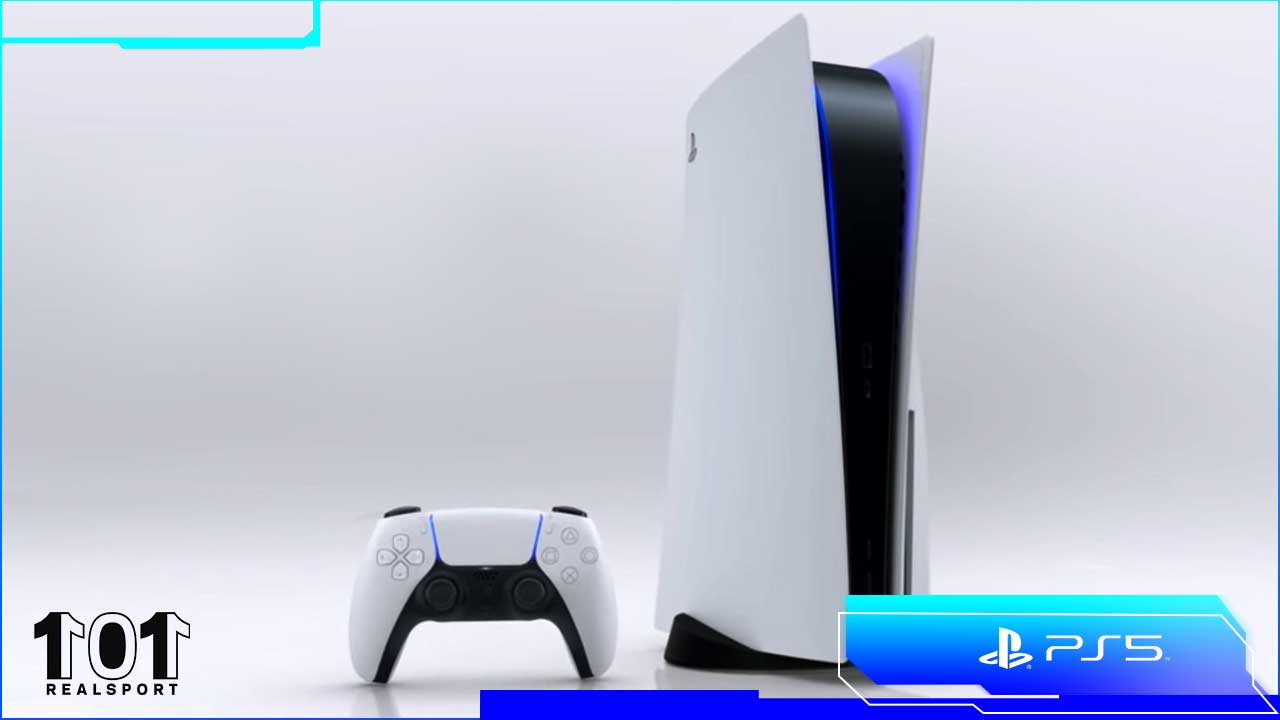

simian immunodeficiency virus and non-human primates) or pathogen adaptation to non-human systems (e.g. The study of many viruses in vivo requires the use of surrogate models (e.g. As affordable small animal models for studying basic research and translational medicine, the field is rapidly expanding and is accompanied by the demand for improved models with increased humanization and efficacy. Humanized mice have become an essential tool in validating infectious disease research in recent years. Kaposi's sarcoma-associated herpesvirus.

Additionally, we summarize human-tropic viral infections, for which humanized mice offer a novel approach for the study of disease pathogenesis as well as future perspectives for their use in biomedical, drug and vaccine research. myeloid- or T-cell-only mice, MISTRG, NSG-SGM3). This review aims to give a detailed summary of the generation of human peripheral blood lymphocyte-, CD34 + haematopoietic stem cell- and bone marrow/liver/thymus-reconstituted mice and available improved models (e.g. Humanized mice represent such a model and have been greatly enhanced with regards to their immune system reconstitution as well as immune functionality in the past years, resulting in their recommendation as a preclinical model by the US Food and Drug Administration. The often very narrow species tropism of many viral infections, coupled with the sometimes misleading results from preclinical studies in animal models further emphasize the need for more predictive model systems based on human cells rather than surrogates. Humanized mice are increasingly appreciated as an incredibly powerful platform for infectious disease research.


 0 kommentar(er)
0 kommentar(er)
